What to Do After a Hurricane or Flood
http://decor-ideas.org 10/24/2015 05:13 Decor Ideas
In 2011 it was Hurricane Irene; in 2012 it was Sandy and now Hurricane Patricia is expected to be one of the strongest hurricanes — if not the strongest — recorded in the Western Hemisphere. While there isn’t agreement on the causes of climate change, there does appear to be agreement that climate change is real, and the changes to our shorelines and our built environment are likely to be profound. And while there’s much we can do to prepare our homes for these storms, we’ll also have to still deal with the aftermath. Here’s what to do when flood waters have left homes and communities damaged and soggy — and how to start to rebuild.
Related: 7 Ways to Help Someone Hit by a Hurricane
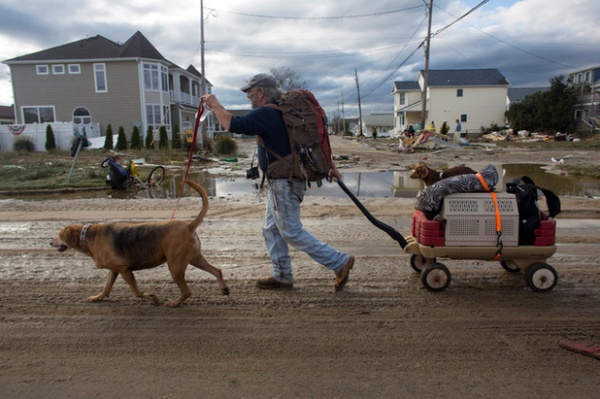
Before heading home, be sure it's safe to return. Check with your local authorities and utility companies to make sure that your neighborhood is a safe place to come back to, as downed power lines, standing water and debris present many dangers. Once you get home, make sure the utility connections are in good condition. Gas lines, electrical connections etc. should be inspected before you go through the house. If possible, have a utility company technician or building professional (a licensed electrician, plumber etc.) help you with the inspection. Even if you feel comfortable doing it yourself, having a second set of eyes looking will help. If you plan to stay in your home, make sure that smoke detectors and alarm systems are functioning.
Know whom to contact and how. Contact your insurance company and stay in touch with local authorities. Before a storm ever hits, be sure you have hard copies of phone numbers for insurance agents, first responders, building officials, medical personnel and utility companies.
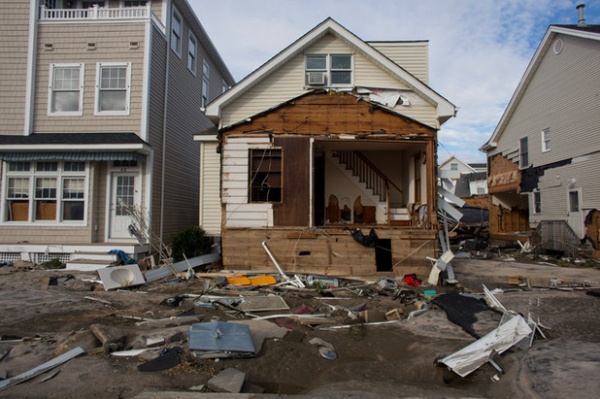
Inspect for and document the damage. Using photos and video, document the extent of the damage to your home, property and neighborhood. Camera in hand, walk around your home, both inside and out, to record the damage. While photos are great, a narrated video is better.
As you walk around, you'll be looking for both obvious and not-so-obvious signs of damage (waterlogged carpeting, furniture that's been tossed about). Things like cracks in basement floor slabs and foundation walls are signs of possible structural issues and should be addressed quickly.
Conduct the inspection with an expert. Your insurance provider will probably make an expert available to you, or you can certainly call in an architect or engineer that specializes evaluating properties after natural disasters. Have the expert look for damaged and wet drywall, wood, siding, roofing and so on. Document the damage. Pay particular attention to the structural components (foundation, concrete slabs, framing). Also carefully inspect for potential problems (places for future mold growth, roof damage, leaks).
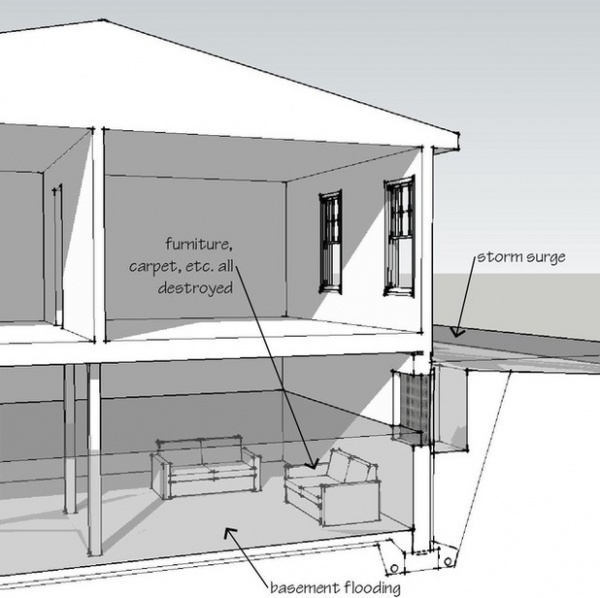
Get rid of the water. As much as you'll want to get rid of the water immediately, you'll have to wait for all of the flood waters to recede outside before doing so. When they do, remove any water from your basement or crawl space to prevent further damage to the home's structure. You want to avoid putting any undue pressure on your foundation from groundwater.
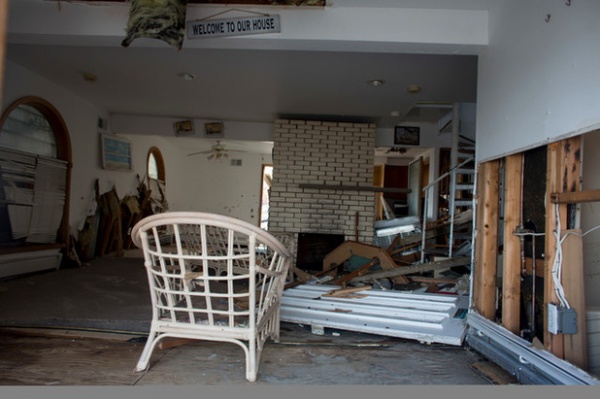
Remove the damaged contents. As difficult as it can be, you'll have to get rid of anything that's been damaged beyond repair. Things like furniture, toys and carpeting all have to go to avoid mold growth. For insurance purposes, document each item you must discard.
Follow the disaster-recovery procedures your local authorities have established to avoid just moving the mess from inside your home to the street.
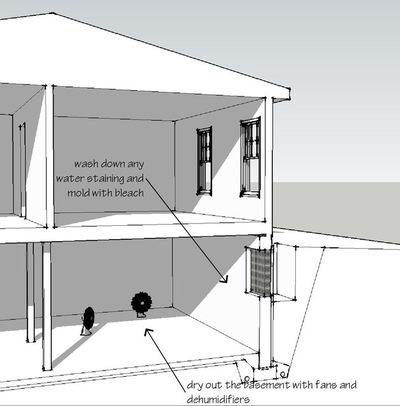
Air out and disinfect affected areas. Once the water is out and the damaged items have been removed, dry out flooded areas using portable fans and dehumidifiers. Make sure everything is dry before attempting any restoration. Use cleaning agents such as bleach to get rid of any water stains and mold spores.
Once the basement is dry, test for air quality and any evidence of damp areas and possible mold spores. Use bleach or something similar to clean up any remaining areas of concern.
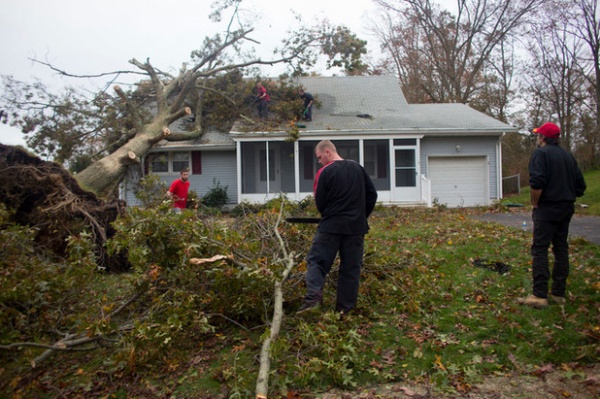
Clean up the yard. Downed trees and loose branches, plus damaged shrubs, patios and decks, are going to need cleaning and restoration. First make sure it's absolutely safe to walk around your yard. Check to make sure there are no trees or branches about to come down and no weakened or downed power lines nearby. Document the condition of your property prior to cleanup. Cracked and heaved driveways, walkways and patios should all be documented.
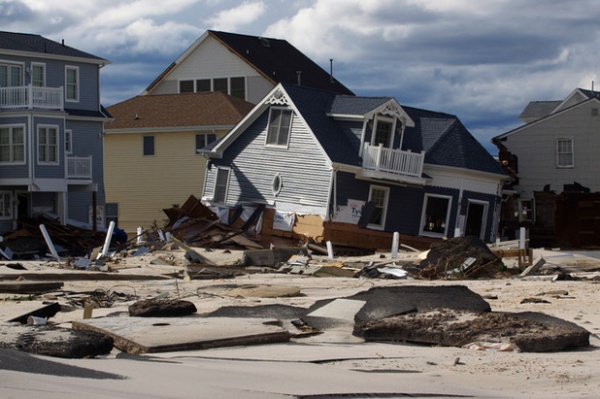
Think ahead. As devastating as these natural disasters are, they offer us a chance to rebuild for the future. So unless your house is too far gone to restore, use this as an opportunity to make improvements to be better prepared for the future. Incorporate a generator for emergency power in your rebuilding plans. If you’re really close to the ocean, consider rebuilding the house on stilts. In fact, you might have to do these things to comply with local building codes and regulations anyway.
However you rebuild, remember that more than likely, we haven’t seen the last of hurricanes like Patricia.
More: 4 Things a Hurricane Teaches You About Design
Related Articles Recommended












